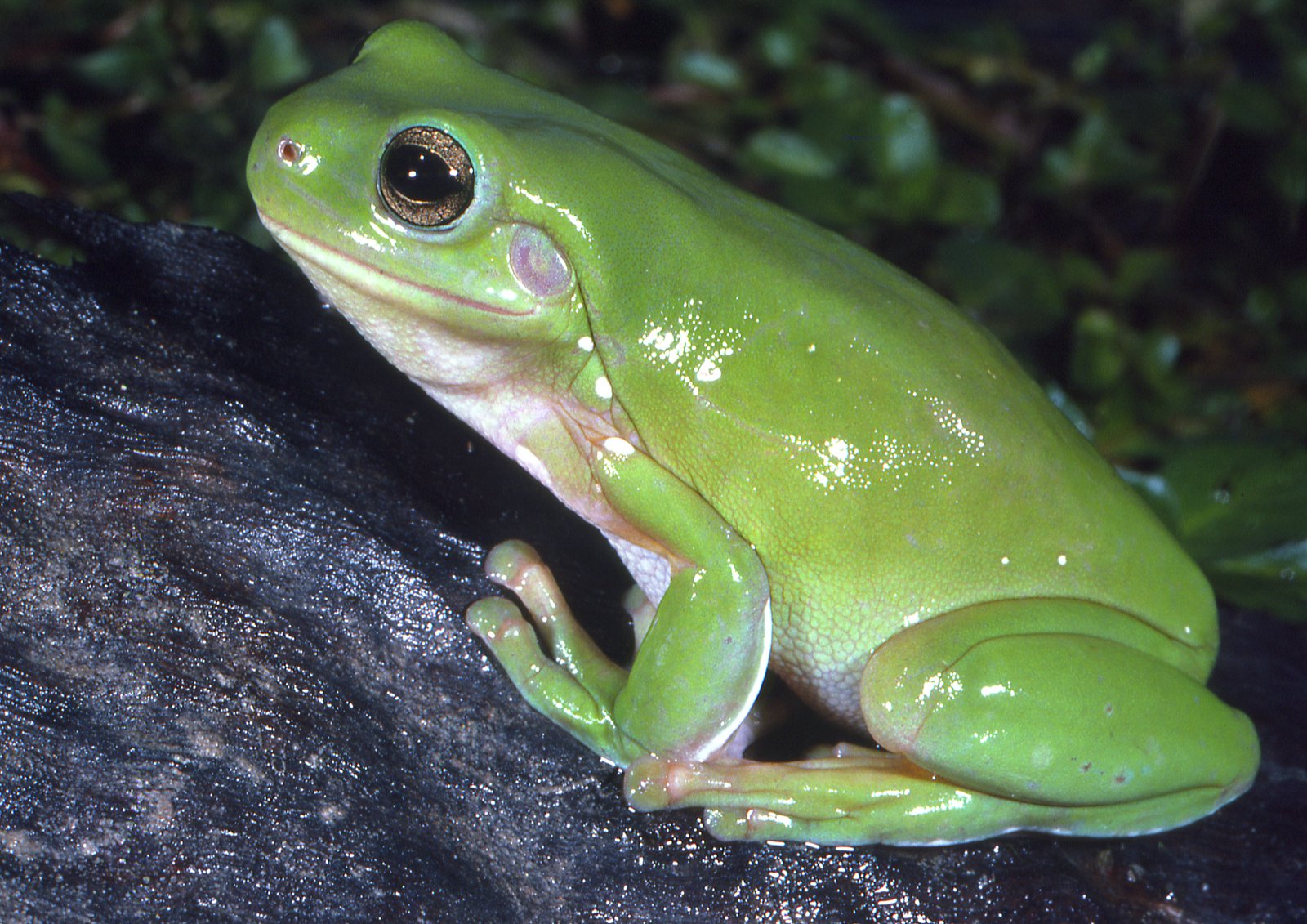In the realm of biology, the vision systems of various organisms present an intriguing area of study, especially when examined through the lens of photoreception. Among these fascinating creatures, frogs stand out due to their unique ocular adaptations that enable them to thrive in diverse environments. One particularly engaging inquiry arises: how does a frog’s eye quantifiably count photons, the elementary particles of light, essential for visual perception? This question prompts a broader exploration of the intricate processes underpinning amphibian vision and the mechanisms that allow frogs to make sense of their surroundings in low-light conditions.
The anatomy of a frog’s eye reveals thoughtful adaptations that facilitate efficient photon capture. Frogs possess a spherical cornea that is relatively large compared to their overall head size. This feature is pivotal for maximizing light entry, particularly in dim lighting scenarios, such as those frequently encountered in their wetland habitats. The cornea’s curvature plays a significant role in refracting light, enhancing the quantity of photons that reach the retina. The implications of this structural design cannot be understated; in environments where illumination fluctuates, such adaptations confer a distinct advantage.
Upon reaching the retina, photons interact with specialized photoreceptor cells, namely rods and cones. However, in frogs, rods predominate. These cells are exquisitely sensitive to light, capable of detecting minimal photon flux, which is crucial given frogs’ often nocturnal activities. The presence of a high density of rod cells allows frogs to perceive their environment under exceedingly low-light conditions, far surpassing the sensitivity of human vision. Such adaptations raise pivotal questions: how exactly do these rod cells transduce light into electrical signals that the brain interprets as visual information?
First, it is essential to consider the molecular machinery involved. Within the rod cells, the photopigment rhodopsin plays a pivotal role. Comprised of opsin—a protein—and retinal—a chromophore derived from vitamin A—rhodopsin changes conformation upon absorbing a single photon. This photon-induced alteration initiates a phototransduction cascade, leading to the hyperpolarization of the rod cell membrane and the subsequent generation of an electrical signal. A single photon is indeed capable of triggering this complex biochemical cascade, highlighting the remarkable sensitivity of these photoreceptors.
The phototransduction cascade fundamentally illustrates an essential aspect of photon counting. Each rod cell, through this intricate network of proteins and ions, amplifies the signal generated by photon absorption, allowing for the representation of even a few photons as perceptible vision. This amplification is critical; it is estimated that frogs can detect as few as five photons, an extraordinary testament to their evolutionary adaptations. Yet, this leads to further exploration: how do frogs differentiate between this minimal stimulation and signals generated from background light in their natural habitats?
In order to navigate challenges posed by competing light sources, frogs have developed sophisticated neural mechanisms. The interplay between the photoreceptor signals and lateral inhibition—where neighboring cells dampen the signals of one another—facilitates the detection of contrast. This process is crucial for discerning prey from the backdrop of their environment. The nuances involved in visual processing in frogs reveal an interplay between sensory input and cognitive functioning, underscoring the intricate methods by which these amphibians interpret their surroundings.
The anatomy of the frog’s eye is further complemented by structures such as the tapetum lucidum, a reflective layer situated behind the retina that bounces unabsorbed photons back through the photoreceptor layer. This reflective mechanism serves to enhance low-light vision significantly, providing a second chance for photon absorption. It is compelling to ponder the evolutionary pressures that led to such adaptations—were these changes responses to predation, prey capture, or perhaps environmental fluctuations?
However, as remarkable as these adaptations are, they are not without their challenges. Frog species exhibit variations in ocular adaptations depending on habitat, leading to ecological specialization. For instance, arboreal species may have evolved to possess larger, more forward-facing eyes for enhanced depth perception, while aquatic species may exhibit changes favoring lateral vision. This ecological diversity introduces intriguing questions about the fundamental principles driving visual acuity in varied ecological niches. How do these adaptations impact interspecies interactions, both among frogs and between frogs and other organisms?
Moreover, the impact of environmental change on the sensitive visual systems of frogs cannot be overlooked. Climate change, habitat destruction, and increased pollution can alter the light conditions within habitats. Such changes pose significant challenges to frog populations whose visual systems have evolved under specific environmental pressures. Emerging research into the adaptability of these sensitive systems in fluctuating environments may yield essential insights into the resilience of amphibians as a group.
In summary, the process by which a frog’s eye counts photons elucidates a compelling narrative of evolutionary adaptation, physiological complexity, and ecological interaction. The journey of photons, from their entry into the frog’s eye to the intricate signaling pathways that lead to visual perception, illustrates the extraordinary specificity of biological mechanisms. It raises remarkable questions about the interplay between anatomical adaptations and environmental exigencies, ultimately contributing to our broader understanding of vision in the animal kingdom. As our understanding deepens, further examinations may yet reveal more about how varied species navigate the challenges of light—both literal and metaphorical—in their quest for survival.












